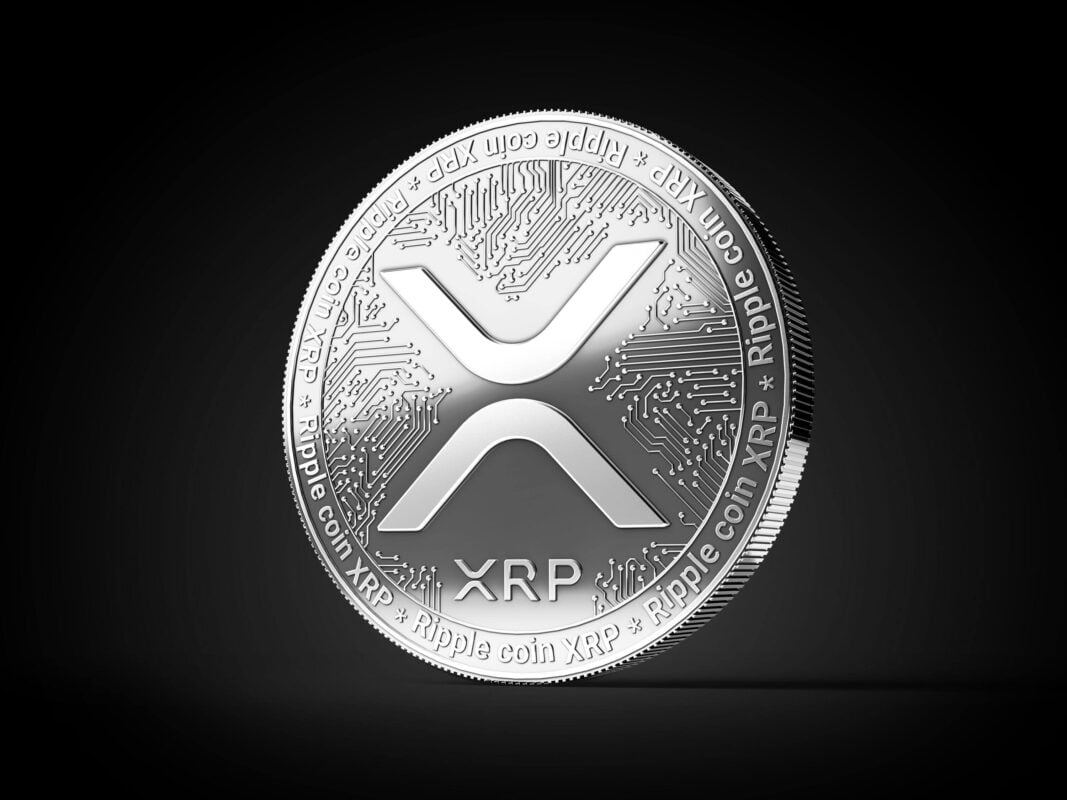TLDR
- XRP has introduced automated market makers and stablecoins to boost its DeFi presence.
- The XRP Ledger’s total value locked is $87.85 million with low daily decentralized exchange volume.
- Ethereum leads the DeFi market with $96.9 billion in total value locked and strong retail activity.
- Solana holds $11.27 billion in total value locked and maintains high daily trading volumes.
- Developers and community figures urge support for builder-led projects to grow the XRP ecosystem.
The XRP Ledger has introduced several upgrades this year, yet it remains far behind Ethereum and Solana in decentralized finance adoption. Despite its decade-long presence in blockchain, XRP’s DeFi activity and market metrics trail far below industry leaders. Competing networks maintain significantly higher total value locked (TVL) and trading volumes, attracting both institutional and retail interest.
XRP Struggles to Match DeFi Leaders
The XRPL records a TVL of only $87.85 million, with daily decentralized exchange volume below $70,000. In contrast, Ethereum leads with $96.9 billion in TVL, and Solana holds $11.27 billion. Even Coinbase’s Base network, launched in 2023, has reached $4.90 billion in TVL.
NFT marketplace co-founder Adam Kagy stated,
“Enterprises will not build on networks with little retail participation or on-chain activity.”
He noted that large-scale adoption requires strong token distribution, decentralization, and user reach. Kagy emphasized that retail engagement drives network growth and long-term relevance.
what most don't understand is that enterprises, businesses and institutional use cases for public networks won't be deployed on dead chains that don't have retail onchain volume.
Purely from a risk analysis standpoint of L1 distribution, consensus decentralization, and max…
— xrpl_Adam (@xrpl_adam) August 13, 2025
He compared adoption potential between chains with 10,000 and 10 million active wallets, saying the choice for developers is straightforward. Ethereum and Solana benefit from their broader retail user bases. As a result, institutions are choosing platforms with proven network effects and active ecosystems.
Developers Push for XRP Growth
The XRPL introduced automated market maker features in March, creating multiple liquidity pools to enhance DeFi utility. Ripple also launched the RLUSD stablecoin, while Circle added a native USDC version to the network. Furthermore, Ripple deployed the XRPL EVM Sidechain for Ethereum interoperability.
Community figure Eri urged investors to support developer-led initiatives instead of influencer-driven narratives. She stressed that meaningful growth depends on active builders within the ecosystem. This approach aligns with strategies seen in faster-growing DeFi chains.
The #XRP Dev/Founder and @Vet_X0’s @xrpcafe business partner weighs in on reason why ETH and SOL are winning this race so far.
Follow the Devs, not the influencers so you can focus and support what matters with your investment. https://t.co/UjRQOJwa7K— 🌸Crypto Eri ~ Carpe Diem (@sentosumosaba) August 13, 2025
External projects also aim to strengthen XRP’s position. Flare is developing integration tools, while Cardano’s Charles Hoskinson hinted that Midnight could operate as a DeFi layer for XRPL. These collaborations seek to close the gap with leading networks.
Enterprise-Grade Capabilities Remain Key
Former Ripple CBDC advisor Antony Welfare highlighted the importance of enterprise-ready blockchain infrastructure. He cited Hyperledger Besu processing over 10% of Ethereum transactions as evidence of scalable performance. Enterprises require proven reliability before committing resources.
Welfare noted that public accessibility is essential for adoption, unlike Hyperledger Fabric’s private model. He explained that networks must handle complexity without risking operational stability. XRP must demonstrate this capability to attract major corporate participation.





